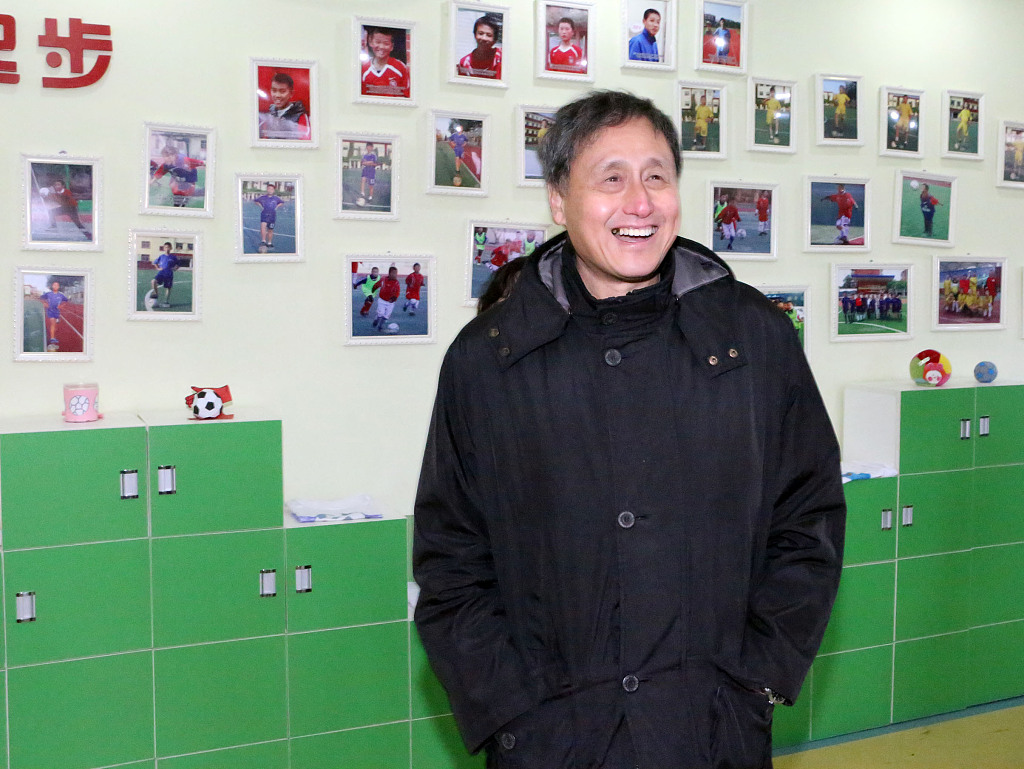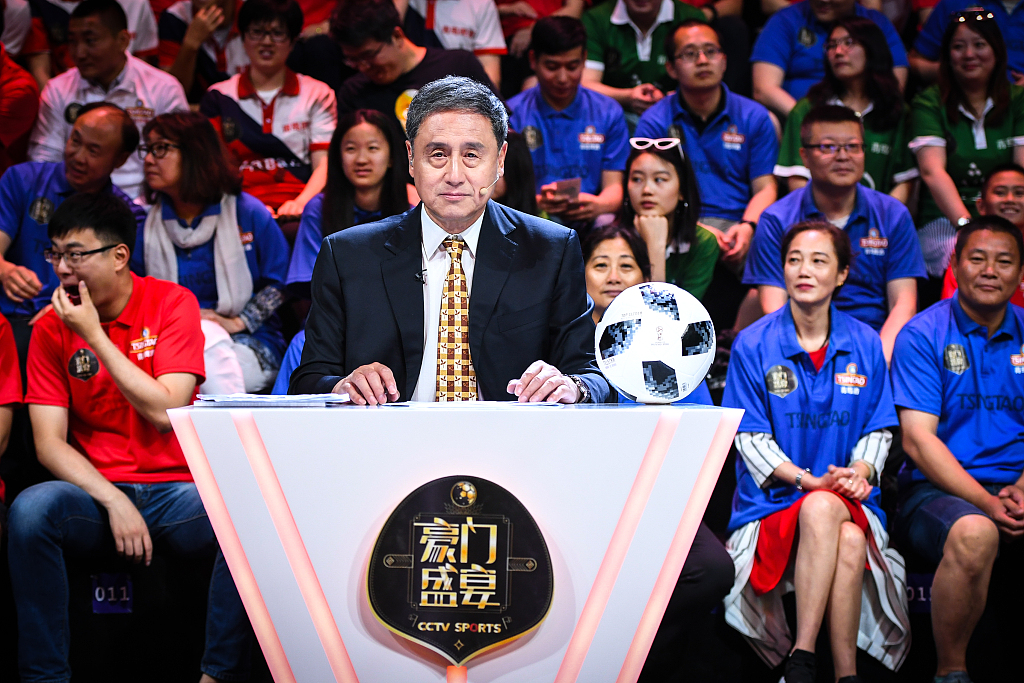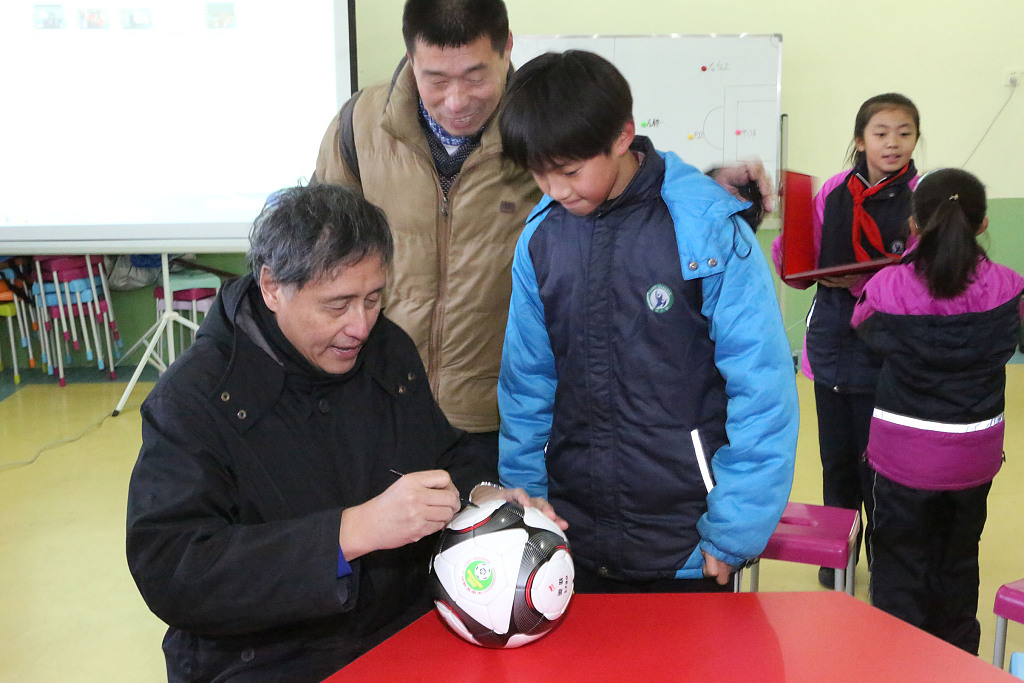
Zhang Lu, Chinese football commentator and former vice president of the Chinese Super League's Beijing Guoan. /CFP
Zhang Lu, Chinese football commentator and former vice president of the Chinese Super League's Beijing Guoan. /CFP
Zhang Lu, Chinese football commentator and former vice president of the Chinese Super League's (CSL) Beijing Guoan, said in an interview with China Media Group that lack of quality youth development is not the biggest problem facing Chinese football.
"Making youth development a priority won't solve the problem of Chinese football," Zhang told Football Night. "Because youth development is not the root."
Chinese professional football clubs invested heavily in franchise building until 2020. The CSL once had the world's sixth-highest average salary. However, Zhang thinks what the clubs received was not worth the money they spent, but they didn't have another option because that's how shallow the football talent pool has been in the country.
"It's like we found some mediocre saplings, rushed to plant them and expected them to grow into towering trees. That's not possible," Zhang said.

Zhang Lu hosts a program at China Media Group for the 2018 FIFA World Cup. /CFP
Zhang Lu hosts a program at China Media Group for the 2018 FIFA World Cup. /CFP
Zhang has been participating in the development of Chinese football for decades. He revealed that many people began to work on youth development as early as in the 1980s. However, not much progress has been achieved.
"There is another layer below youth development," Zhang said. "It's popularizing football."
Zhang believes the goal of youth development is to find the best young players and help them grow toward the top level with training and practice. By contrast, popularizing football will get as many children as possible involved in football activities.
"These are two totally different things, but we mixed them up," Zhang said.
Zhang revealed that between 2000 and 2014, there were only some 5,000 primary and middle school students per year playing football regularly. Unfortunately, that's the generation from which players of today's Chinese national teams at different levels come from.

Zhang Lu (L) signs a football for a child. /CFP
Zhang Lu (L) signs a football for a child. /CFP
By contrast, football heavyweights like Germany, Brazil and France all have more than a million young football players in the same age group. "There is no way for players selected from 5,000 to match their counterparts who are selected from 50,000 or 500,000 people," Zhang said.
Zhang has been working on football youth development for 42 years. Despite his passion for bringing football to youngsters, he is not trying to squeeze top prospects from them, but hoping to help as many children as possible find fun in playing football to make their lives happier.
The population of Chinese football players began to grow again in 2015. Zhang theorized that it takes about 20 years for the young talent pool to become contributing members to the national teams. Therefore, if 2015 is a turning point, Chinese football from 2034 will begin to show some positive signs.
"If we continue to popularize football around the country, we will for sure find more quality talents and out national teams will continue to get better," Zhang said.

